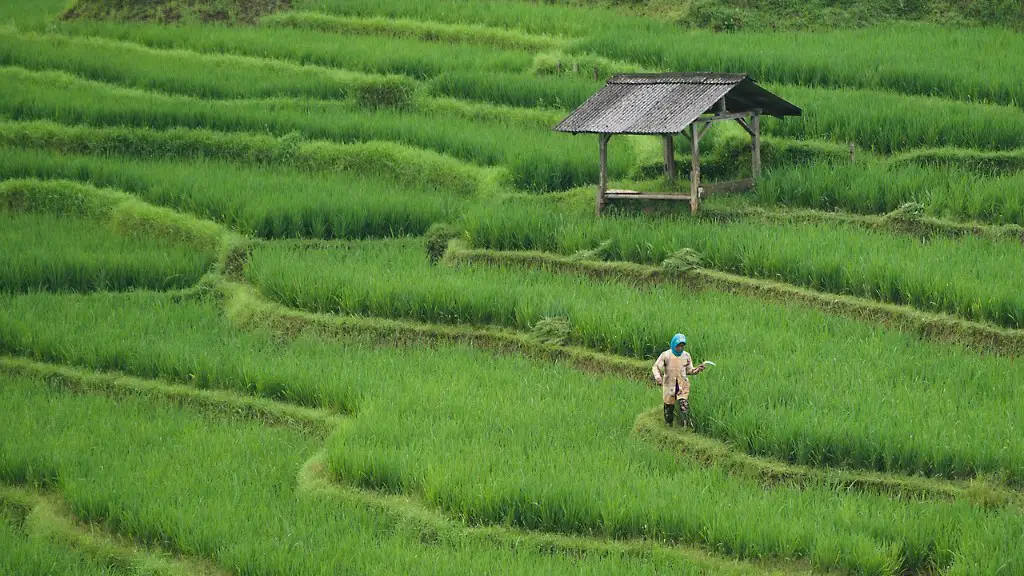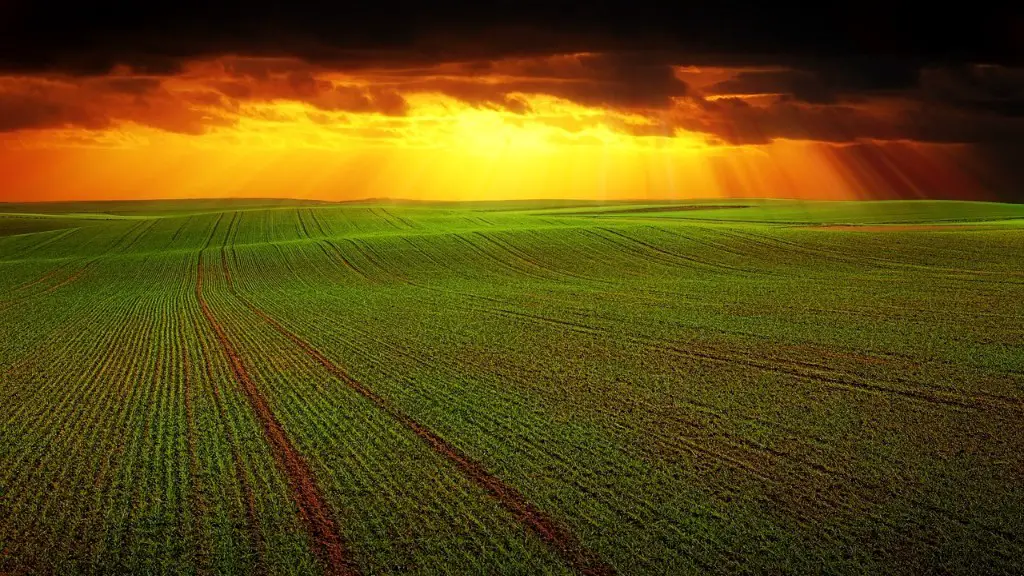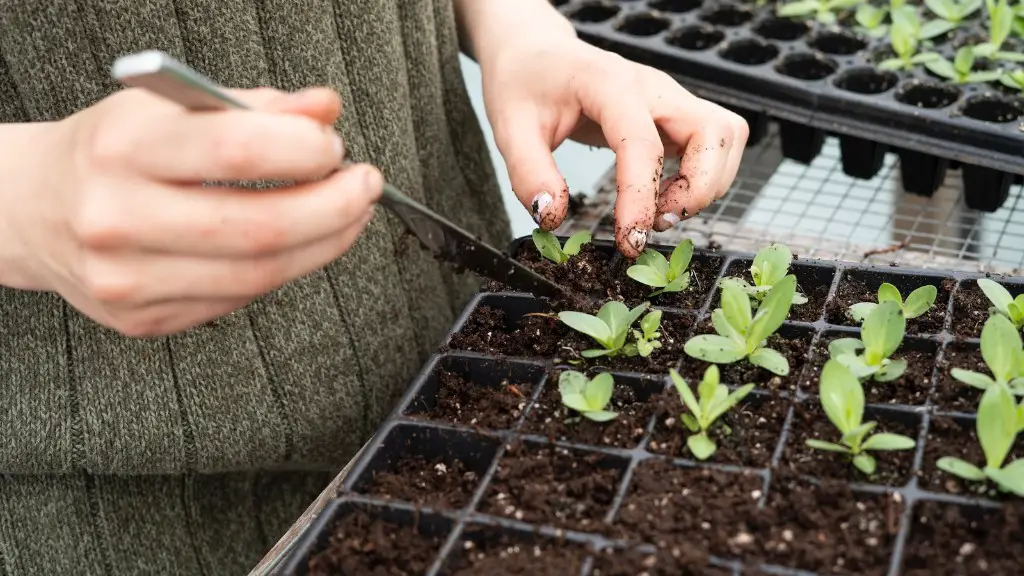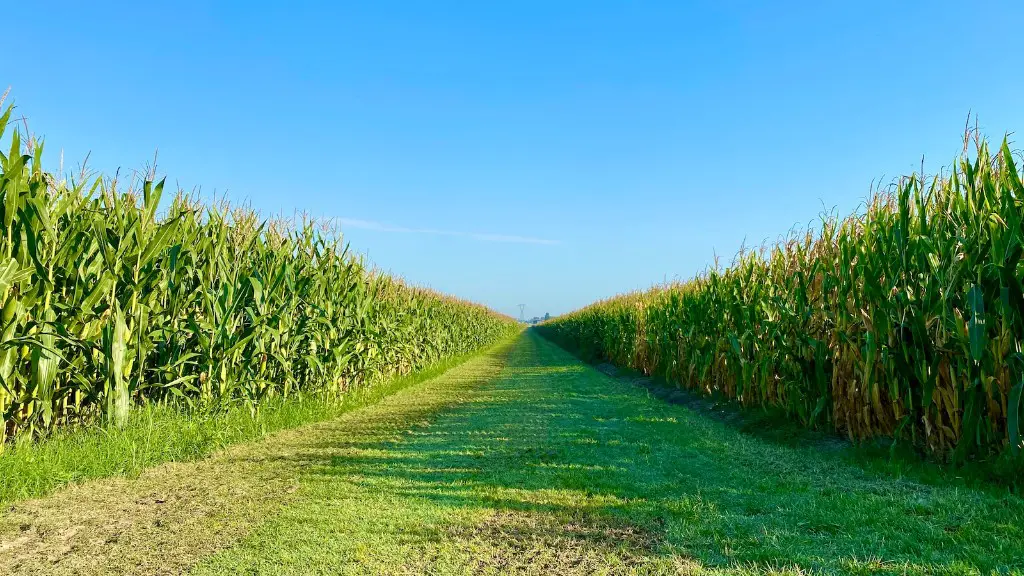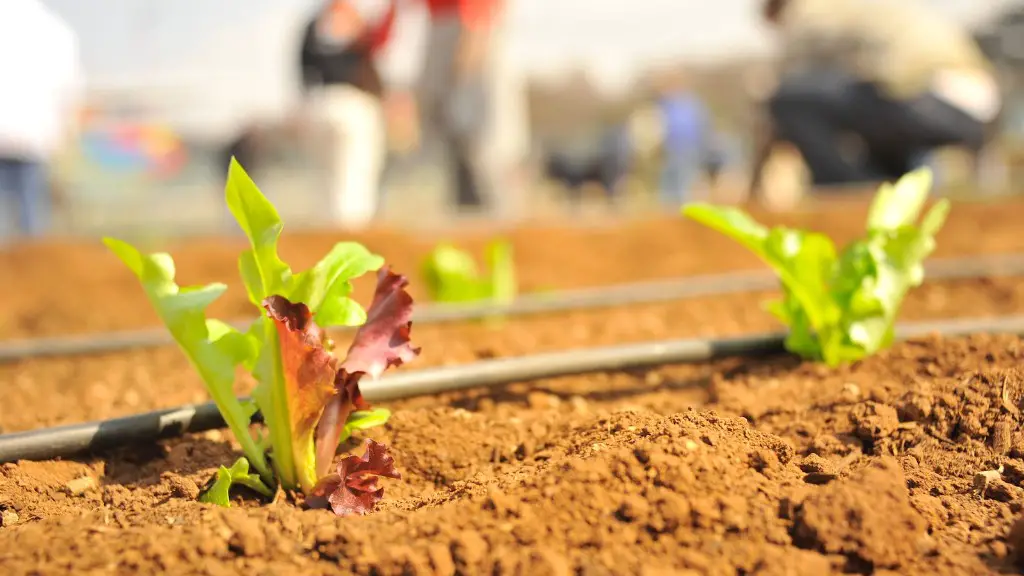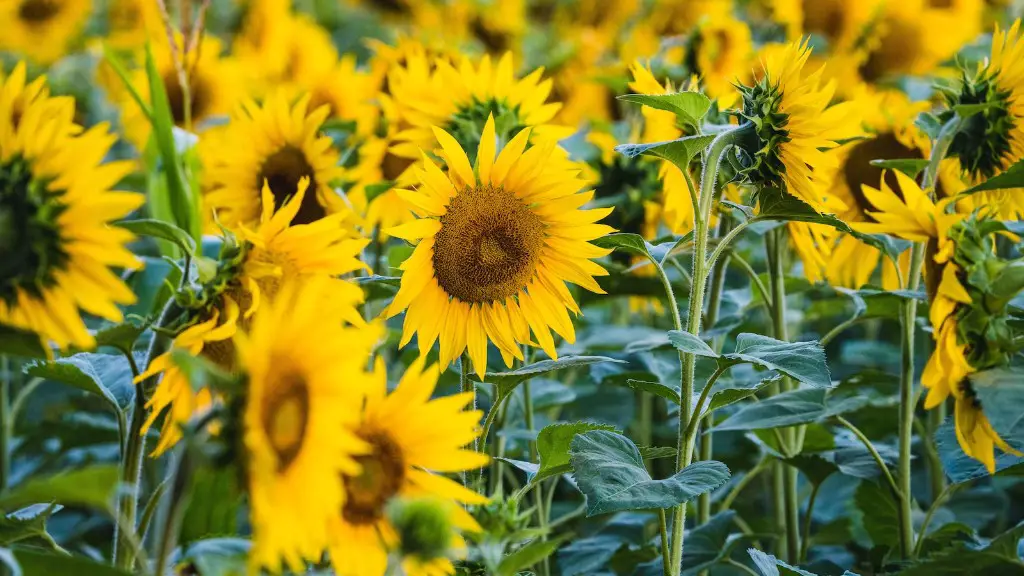Agriculture is thought to have started around 10,000 BC in the Fertile Crescent, which is in the Middle East. It is thought that people began growing crops and keeping animals at this time. Agriculture allowed for the growth of civilizations and the development of cities.
Some archaeologists believe that agriculture began around 10,000 BC in the Fertile Crescent, an area of land that includes parts of present-day Turkey, Iraq, Iran, and Syria.
Where in the world did agriculture begin?
The Fertile Crescent was one of the first places in the world where people began to farm. The climate and soil in the Fertile Crescent were perfect for growing crops, and early farmers quickly learned how to irrigate and cultivate the land. The Fertile Crescent was also home to some of the earliest civilizations, including the Sumerians, Babylonians, and Assyrians. Today, the Fertile Crescent is still an important agricultural region, and its rich history and culture continue to fascinate people from all over the world.
The Egyptians were one of the first peoples to practice agriculture on a large scale. This was made possible with the development of basin irrigation. Basin irrigation is a type of irrigation where water is brought to a central location and then distributed to the surrounding area. This allowed the Egyptians to grow crops in areas that would otherwise be too dry.
What was the first agriculture
Agriculture was a major invention of the Neolithic era, which allowed for the domestication of plants and animals and the growth of civilizations. Agriculture allowed for the growth of cities and the rise of civilizations. It also allowed for the growth of food surpluses, which allowed for the development of trade and commerce. Agriculture has had a profound impact on human history and is one of the most important inventions of all time.
It is believed that agriculture arose independently in at least three different regions of the world: South America, Mesoamerica, and eastern North America. Each region had its own unique climate and soil conditions, which likely played a role in the development of different agricultural practices. For example, the indigenous people of Mesoamerica cultivated maize (corn), beans, and squash, while the people of the Andes in South America grew potatoes and quinoa. In North America, the native people relied on a variety of plants, including sunflowers, pumpkins, and beans.
When did agriculture first appear on Earth?
The development of agricultural communities allowed for humans to transition from a nomadic lifestyle to a more settled one. This allowed for the development of larger communities and the growth of civilizations. Agriculture allowed for the domestication of plants and animals, which provided a more reliable food source and allowed for the specialization of labor. The growth of agricultural communities was a major turning point in human history and led to the development of complex societies.
Farming has revolutionized the way humans live and interact with the natural world. By domesticating plants and animals, we have been able to create food surpluses, which have allowed us to settle in one place and develop civilizations. Agriculture has also allowed us to control our environment to a certain extent, by manipulating the land to suit our needs.
What is the history or origin of agriculture?
Agriculture was a major step in human history, as it allowed for the domestication of plants and animals which led to the establishment of civilizations. The precise origins of agriculture are unknown, but it is thought to have originated independently in different parts of the world between 10,000 and 5,000 BC. Agriculture allowed for the growth of cities and the rise of empires, and it continues to be a vital part of the human experience.
A new study has found that the first farmers were actually a mixture of Ice Age hunter-gatherer groups, spread from the Near East all the way to southeastern Europe. The study’s findings suggest that the genetic origins of the first agriculturalists in the Neolithic period are more complex than previously thought.
Who is first in agriculture
China has 7% of the arable land and with that, they feed 22% of the world’s population. They have been able to do this by utilizing intensive farming techniques and by using a great deal of technology and machinery.
It is believed that agriculture began independently in both North and South America ∼10,000 years before present (YBP), within a few thousand years of the arrival of humans in the Americas. Agriculture allowed for the domestication of plants and animals, which led to the development of civilizations. Agriculture allowed for the growth of cities and the rise of civilizations.
What part of the US is known for agriculture?
These ten states generated the most cash receipts from agriculture in calendar year 2021. California, the top state, generated over $50 billion in receipts, while Iowa, the second-ranked state, generated just over $30 billion. Nebraska, Texas, Minnesota, Illinois, Kansas, Indiana, North Carolina, and Wisconsin rounded out the top ten, with each generating between $20 and $30 billion in cash receipts from agriculture.
The first crops grown in the Americas were corn, beans, and squash in Mexico and Central America, and potatoes and tomatoes in South America. These crops were originally domesticated in the Americas, and their domestication allowed for the development of agriculture in the Americas. These crops allowed for the growth of civilizations in the Americas, as they provided a reliable food source. The first crops grown in the Americas allowed for the development of the Americas as we know it today.
How did early humans start farming
This is how people first started becoming farmers. They observed the changing climate and found places where edible plants were thriving. They started growing their own plants and quickly became proficient at it. Over time, this led to them becoming farmers.
The development of agriculture allowed humans to move beyond hunting, gathering, and fishing for food. Agriculture allowed for the domestication of plants and animals, which led to the development of civilizations. Agriculture allowed for the growth of cities and the rise of new technologies. Agriculture has had a profound impact on the history of humanity.
How did early humans do agriculture?
Farming is an ancient practice that allowed early humans to control their food sources by growing plants and raising animals. This allowed them to settle in one place all year round, instead of having to move in search of food.
Farming emerged in West Africa at about 3000 BCE. It first appeared in the fertile plains on the border between present-day Nigeria and Cameroon. It is possible there finally was a “Garden of Eden” there to “trap” people into early farming.
What is the oldest crop
Lentils have been an important part of human history for over 13,000 years. They were a key part of establishing modern societies in ancient times. Today, we add lentils to tasty stews, soups and salads. Lentils are a nutritious and delicious way to add variety to your diet.
This speech is so inspiring and it really spoke to me on a personal level. I come from a family of farmers and I know how hard they work. They are the backbone of this country and I’m so proud of them.
Final Words
There is evidence that agriculture began in different parts of the world at different times. In the Fertile Crescent of the Middle East, it is thought to have arisen around 10,000 BCE. In China, agriculture is thought to have originated around 12,000 BCE. In India, it is thought to have arisen between 10,000 and 5,000 BCE.
It is widely believed that agriculture originated in the Fertile Crescent, an area that includes parts of modern-day Iraq, Iran, Syria, Lebanon, Jordan, Israel, and Egypt. The Fertile Crescent was home to some of the earliest known civilizations, such as the Sumerians and the Babylonians, and it is thought that these civilizations helped to spread agriculture throughout the world. Today, agriculture is a vital part of many cultures and continues to play a significant role in the development of the human race.
